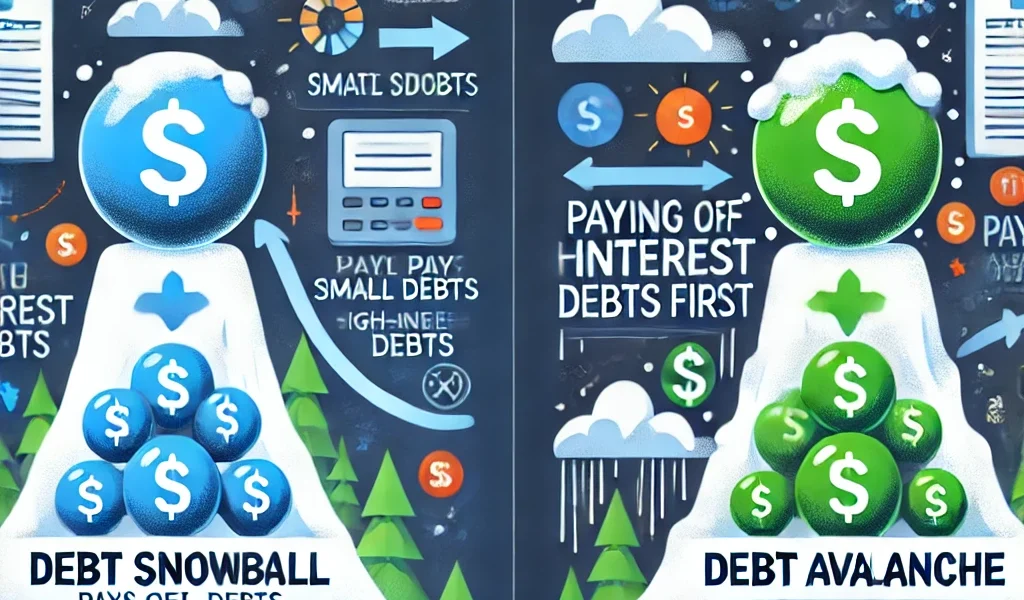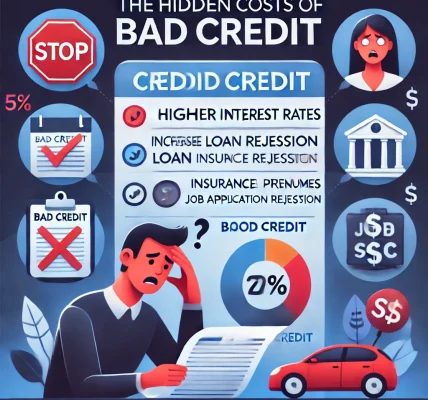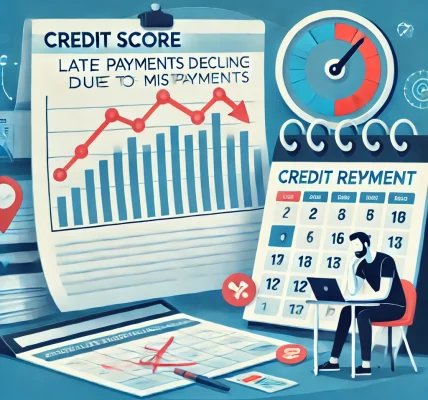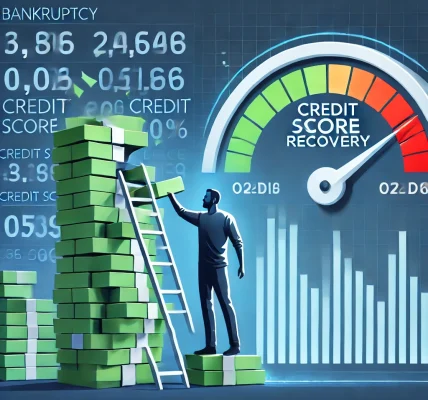Debt repayment can feel overwhelming, but choosing the right strategy can make a significant difference in how quickly and efficiently you become debt-free. Two of the most popular and effective methods are the Debt Snowball and Debt Avalanche approaches. Each method has its advantages and suits different financial situations and personality types.
This DIY guide will explain these two strategies in detail, highlight their pros and cons, and help you determine which one is best for you.
Understanding the Debt Snowball and Debt Avalanche Methods
Before deciding on the right approach, let’s break down how each method works and its impact on your debt repayment journey.
1. The Debt Snowball Method
The Debt Snowball method, popularized by financial expert Dave Ramsey, focuses on paying off debts from smallest to largest, regardless of interest rates. The goal is to gain momentum and motivation as you eliminate each debt.
How It Works:
- List all your debts from smallest to largest balance (ignore interest rates for now).
- Make minimum payments on all debts except the smallest one.
- Allocate any extra money toward the smallest debt until it is paid off.
- Once the smallest debt is gone, roll over the amount you were paying on it to the next smallest debt.
- Repeat this process until all debts are eliminated.
Example of Debt Snowball in Action:
- Credit Card 1: $500 balance – Pay off first
- Personal Loan: $1,500 balance – Pay off second
- Car Loan: $5,000 balance – Pay off third
- Credit Card 2: $10,000 balance – Pay off last
Each time a debt is paid off, you gain a psychological boost, which keeps you motivated.
Pros of the Debt Snowball Method:
✅ Builds motivation and confidence by creating quick wins. ✅ Keeps you engaged in the debt repayment process. ✅ Ideal for people who need emotional reinforcement to stay disciplined.
Cons of the Debt Snowball Method:
❌ You may pay more interest over time since you’re not prioritizing high-interest debts. ❌ Less mathematically efficient compared to the Debt Avalanche method.
2. The Debt Avalanche Method
The Debt Avalanche method prioritizes paying off debts based on interest rates, starting with the highest. This method helps you save the most money in the long run.
How It Works:
- List all your debts from highest to lowest interest rate.
- Make minimum payments on all debts except the one with the highest interest rate.
- Allocate any extra funds to the debt with the highest interest rate.
- Once the highest interest debt is cleared, move on to the next highest, and so on.
Example of Debt Avalanche in Action:
- Credit Card 2: $10,000 balance at 22% interest – Pay off first
- Credit Card 1: $500 balance at 18% interest – Pay off second
- Car Loan: $5,000 balance at 5% interest – Pay off third
- Personal Loan: $1,500 balance at 4% interest – Pay off last
Since high-interest debts grow faster, eliminating them first reduces the total amount you pay over time.
Pros of the Debt Avalanche Method:
✅ Saves more money on interest over time. ✅ Pays off debt faster when followed consistently. ✅ Ideal for people who are financially disciplined and motivated by numbers.
Cons of the Debt Avalanche Method:
❌ Can feel slow at first since large debts with high interest take longer to pay off. ❌ May require more financial discipline compared to the Debt Snowball method.
Debt Snowball vs. Debt Avalanche: Key Differences
| Feature | Debt Snowball | Debt Avalanche |
|---|---|---|
| Priority | Smallest debt first | Highest interest first |
| Psychological Effect | Quick motivation from small wins | More logical, but less immediate gratification |
| Total Interest Paid | More interest over time | Less interest paid overall |
| Best For | People who need motivation | People who want to minimize interest payments |
| Time to Pay Off | Can take longer due to interest accumulation | Faster overall debt repayment |
Which Debt Repayment Strategy is Right for You?
Choose the Debt Snowball Method If:
- You need quick wins to stay motivated.
- You feel overwhelmed and want emotional reinforcement.
- You don’t mind paying a little more in interest for the sake of sticking to the plan.
Choose the Debt Avalanche Method If:
- You are numbers-driven and want to save the most money.
- You have a high level of financial discipline.
- You can stay motivated even if it takes time to see major progress.
Can You Combine Both Methods?
Yes! Some people use a hybrid approach by starting with the Debt Snowball to pay off one or two small debts quickly for motivation, then switching to the Debt Avalanche to tackle high-interest debts. This approach provides the psychological boost of quick wins while also minimizing interest payments.
Final Thoughts: Choosing the Best Method for You
Both the Debt Snowball and Debt Avalanche methods are effective, but the best method depends on your personality, financial habits, and goals.
- If you need emotional encouragement to stay on track, go for Debt Snowball.
- If you want to pay the least amount of interest, opt for Debt Avalanche.
- If you want the best of both worlds, start with Debt Snowball, then switch to Debt Avalanche after building momentum.
Whichever method you choose, the key to success is consistency, discipline, and staying focused on your goal of becoming debt-free.
Take Action Today!
✅ List your debts and categorize them using Snowball or Avalanche. ✅ Set up a budget to allocate extra money toward debt repayment. ✅ Stick to your plan and celebrate milestones along the way!




